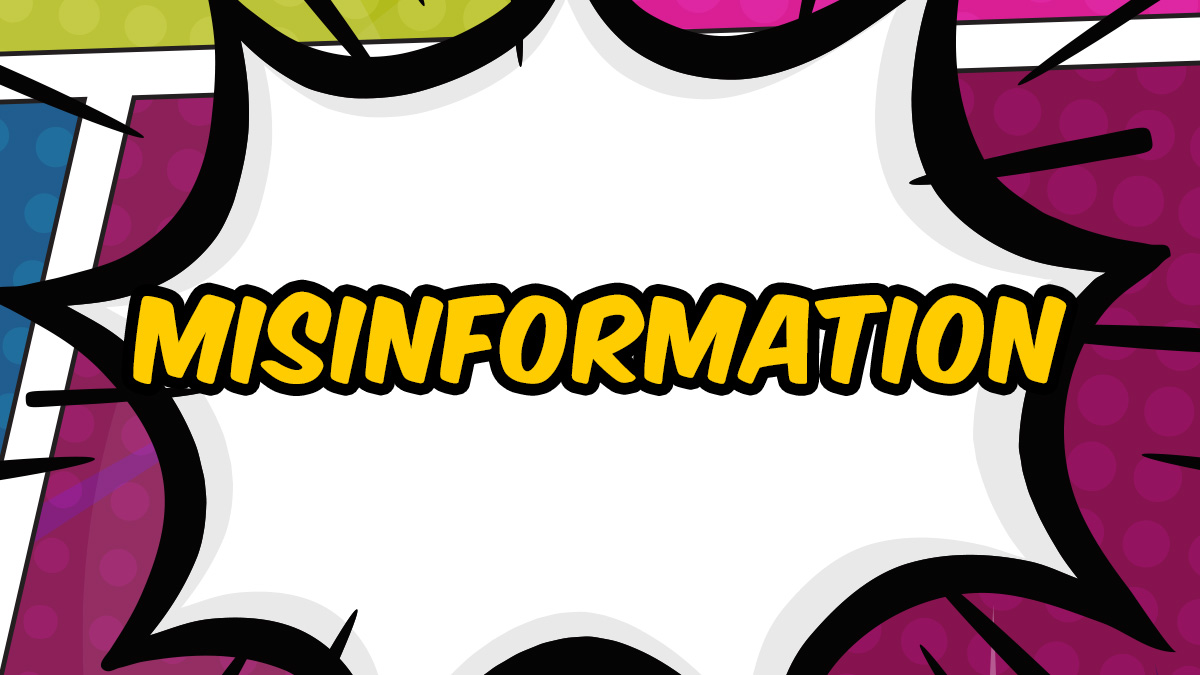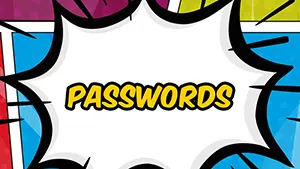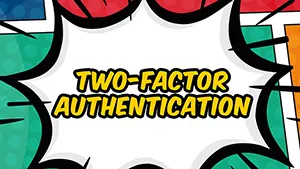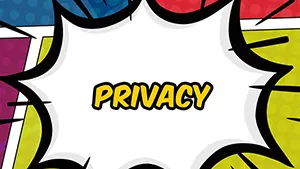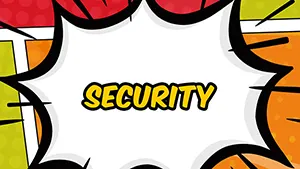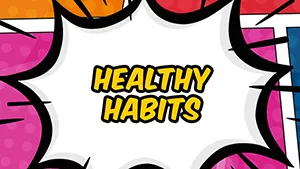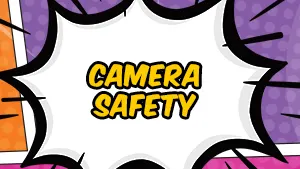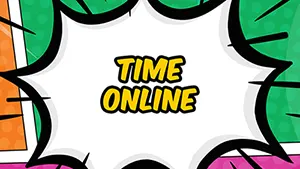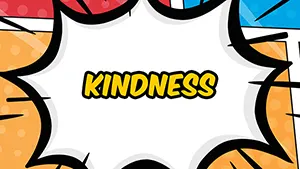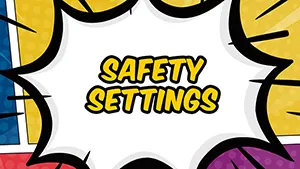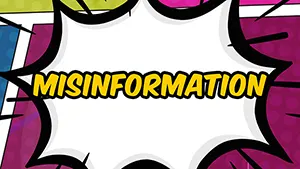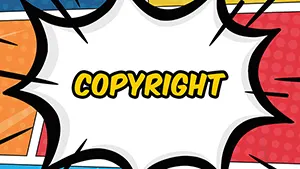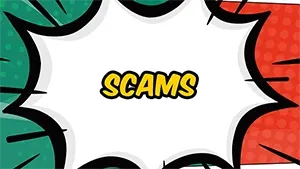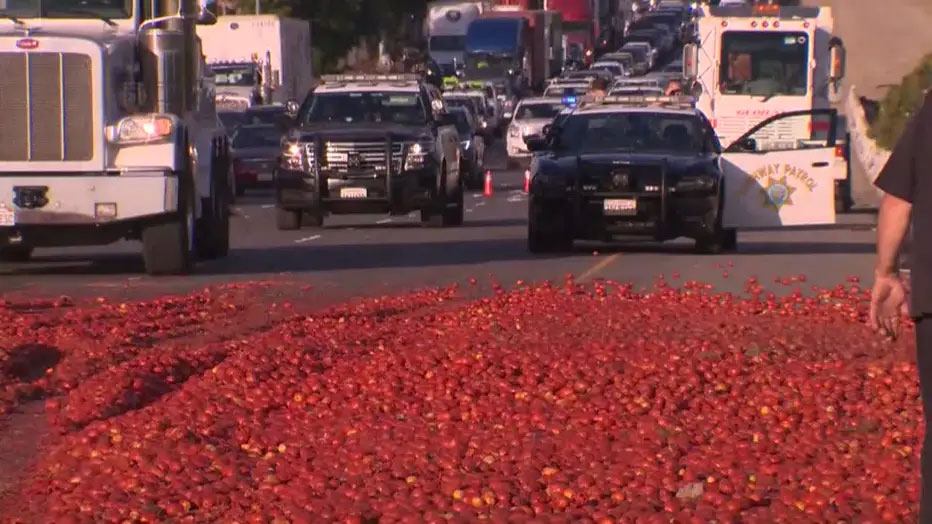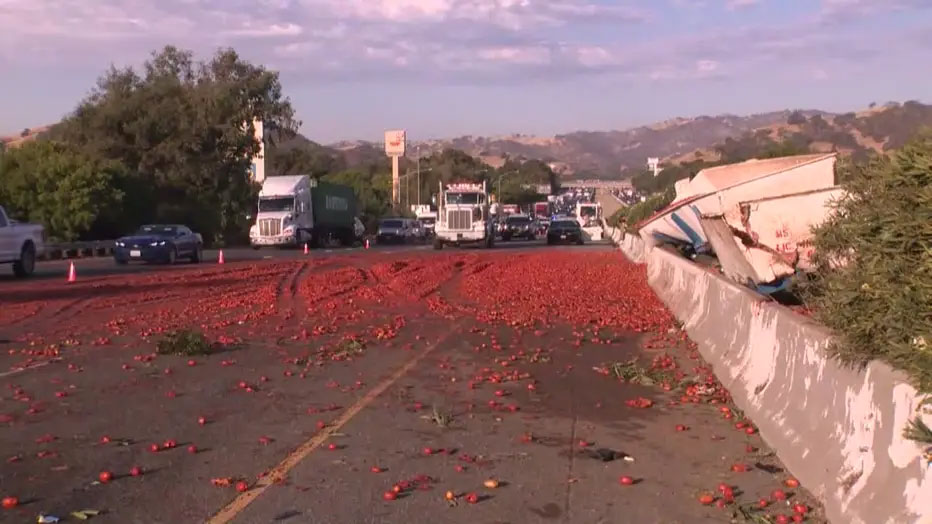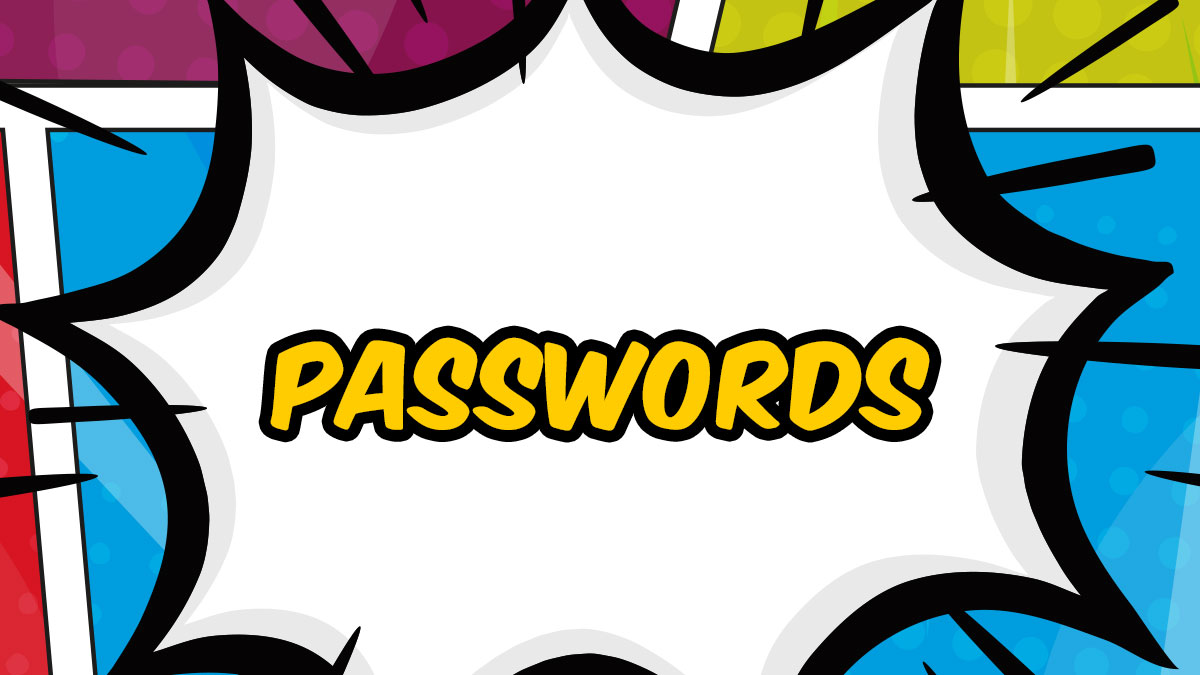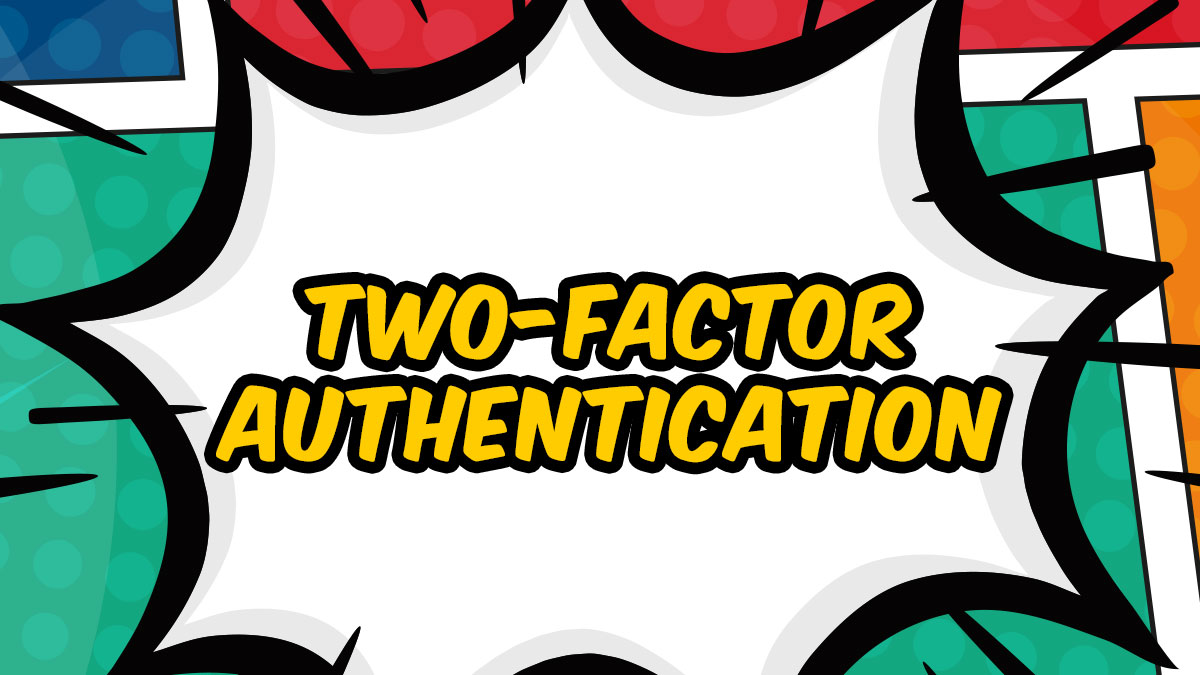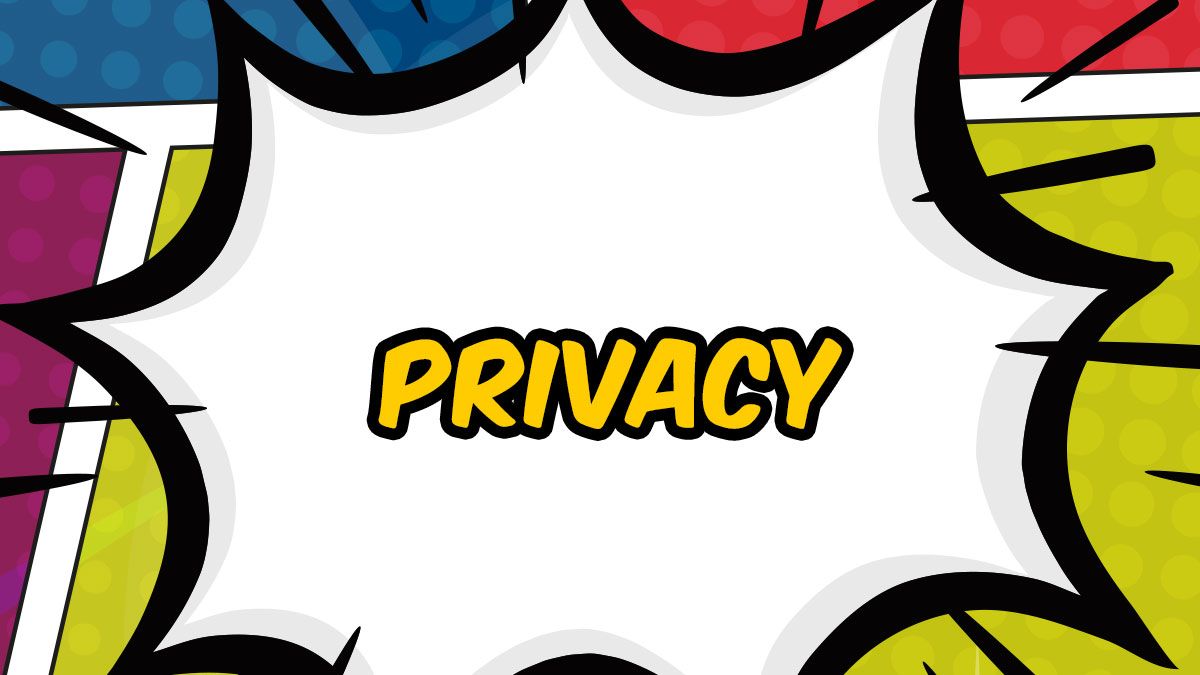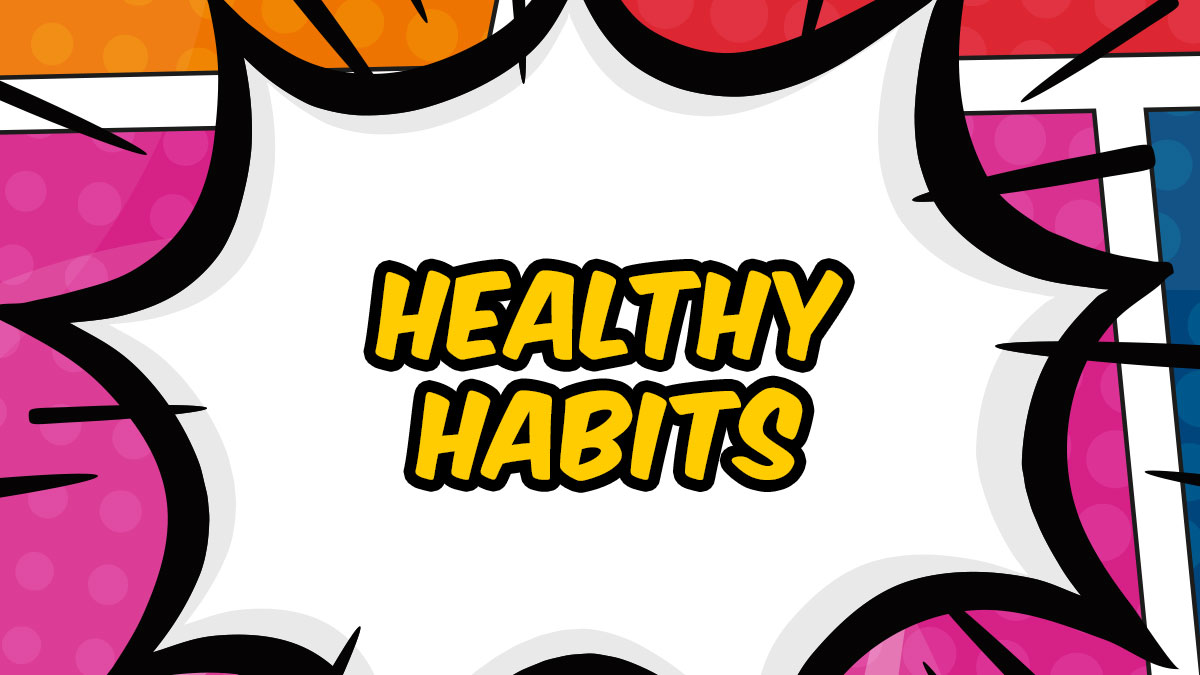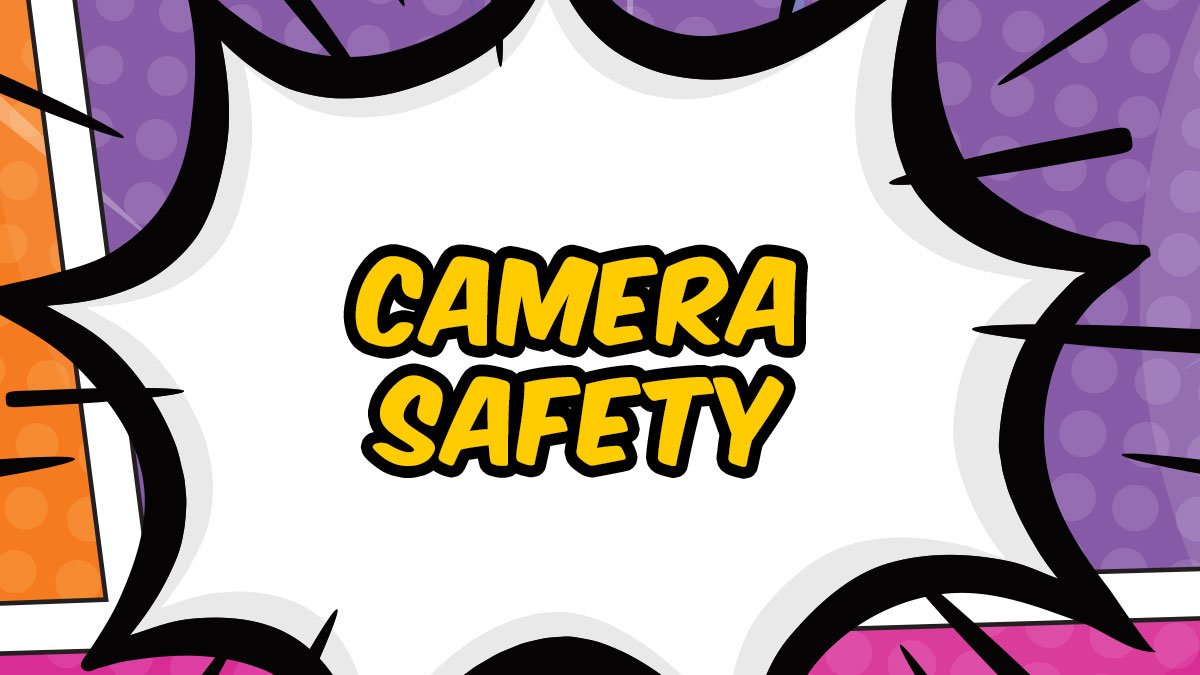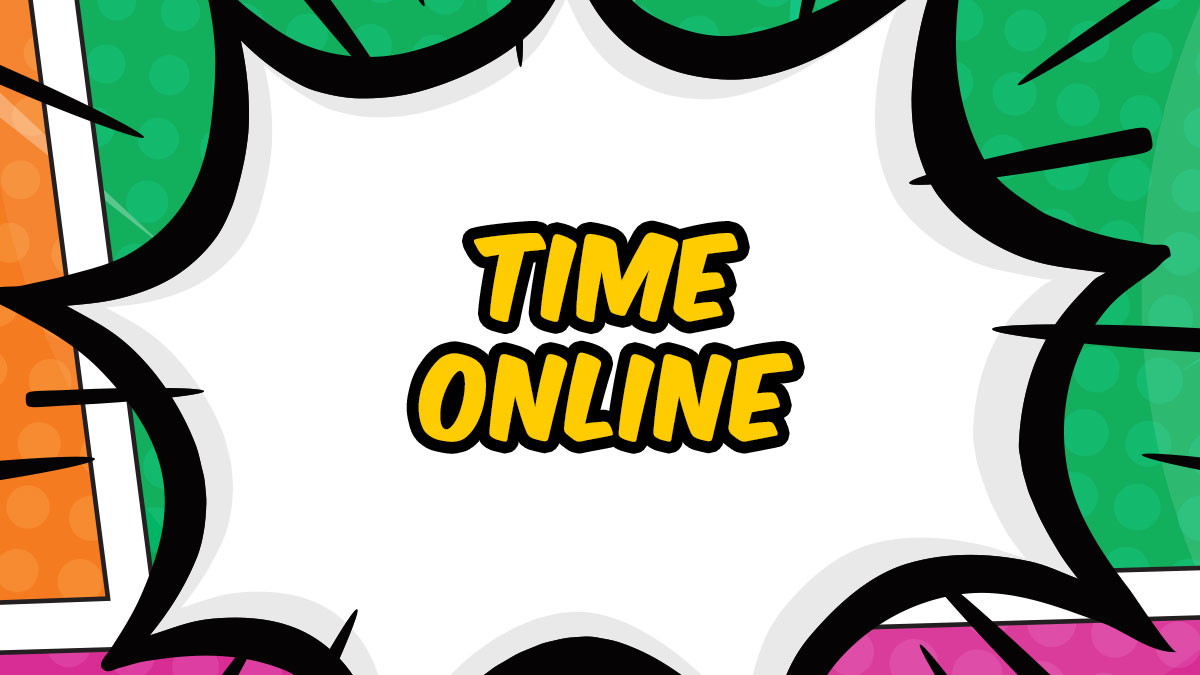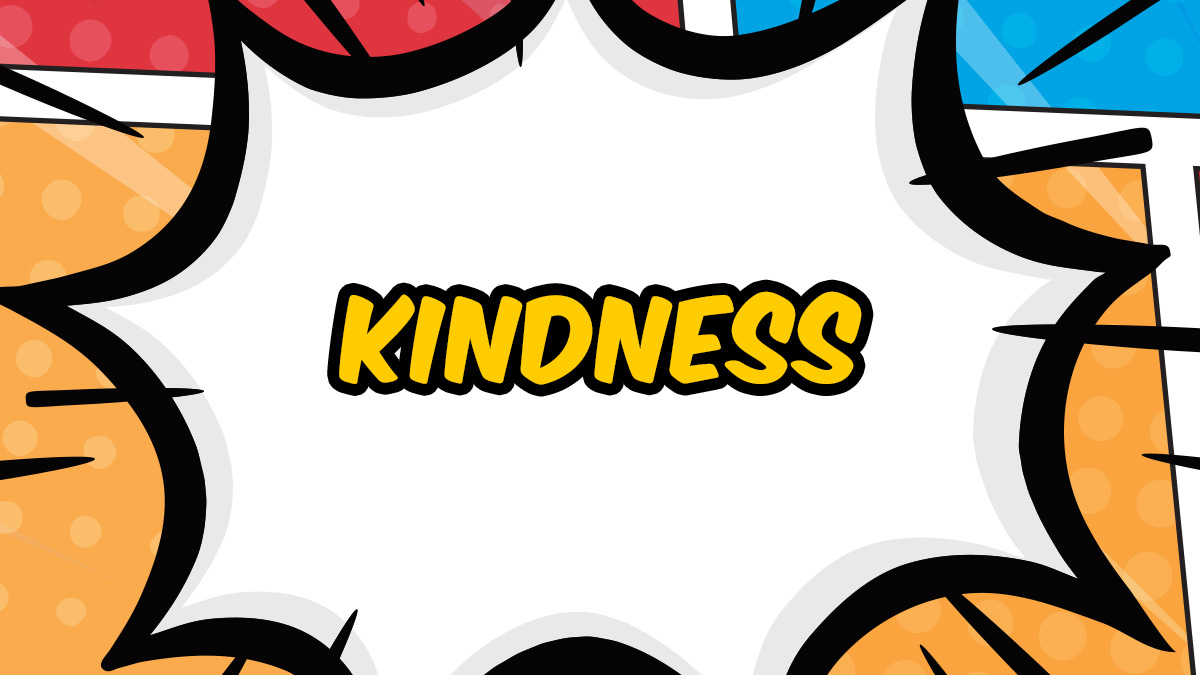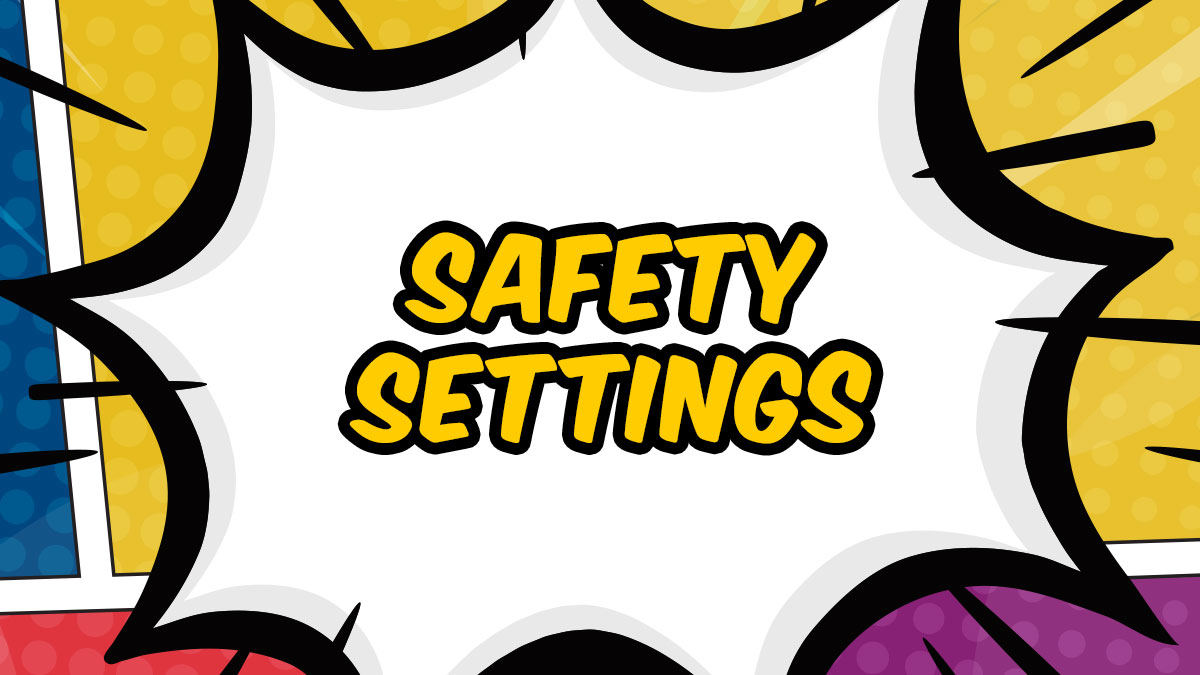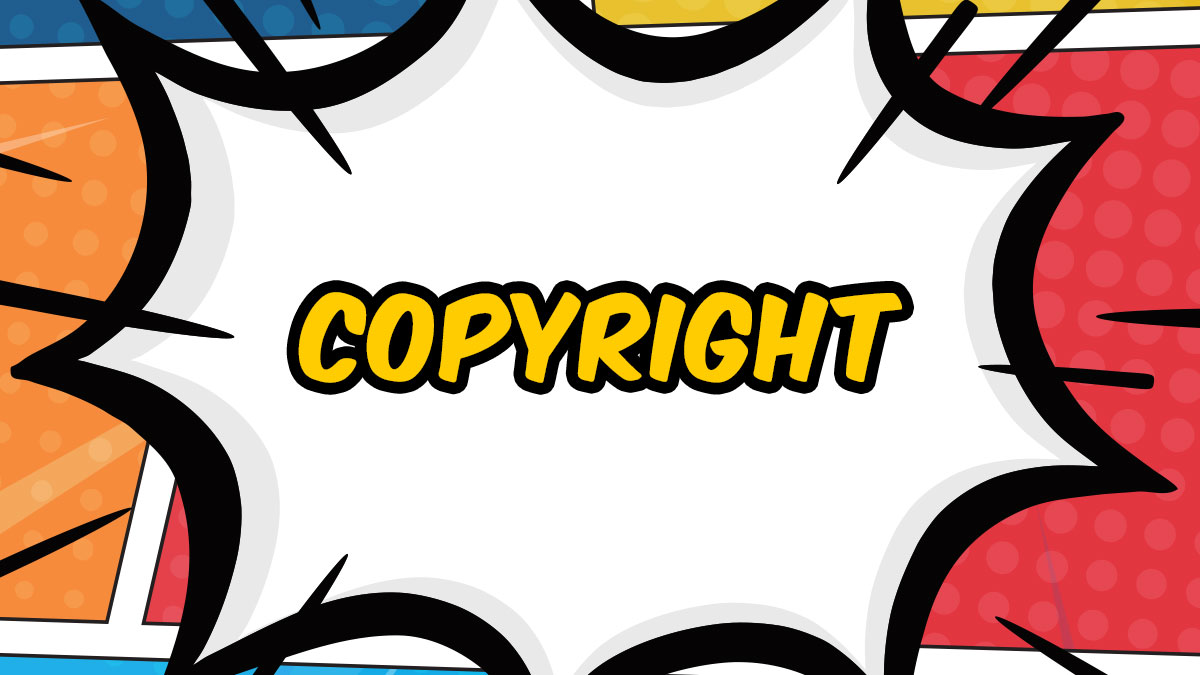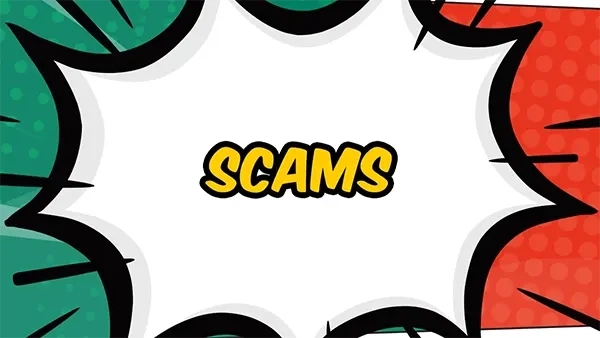- Home
- /
- For Kids
- /
- Cyber Academy
- /
- Misinformation
Misinformation
Key Learning Objectives
- Describe what misinformation is, why it exists, and how it can be harmful to others.
- Correctly identify examples of misinformation.
- Determine what action to take if you come across potential misinformation.
Just 4 steps to complete the episode!
- 1.Watch the short 3-minute animated video with the children. Play it a few times!
- 2.Discuss the video with the children using our conversation guide to help you.
- 3.Ask each child to complete the Kahoot! Quiz below.
- 4.Print the Activity Sheet - a fun homework activity for children.
STEP 1
What is Misinformation?
FREE GUIDE
A Parent’s Guide to Media Literacy
National Association for Media Literacy Education (NAMLE), in partnership with Trend Micro
Tip sheet on how to deal with fake news, scams, and a lot more!
STEP 2
Conversation Guide
Useful questions and answers to guide you in conversation with kids
6. What would you do if you came across this online?
What kinds of questions would you ask yourself? Would you share it?
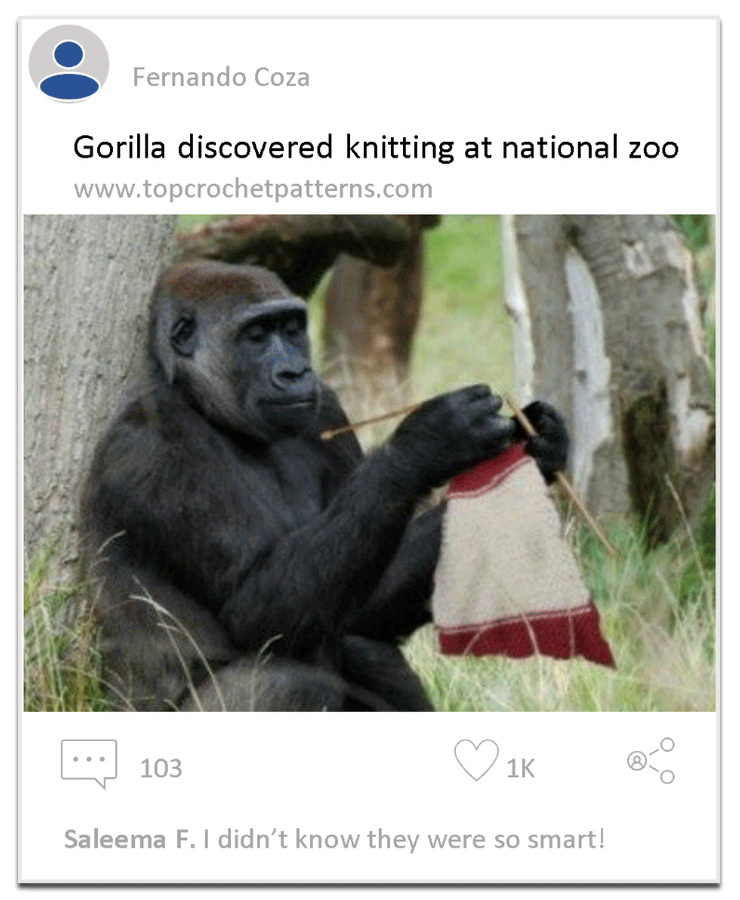
7. Would you share this with friends and family? Why or why not?
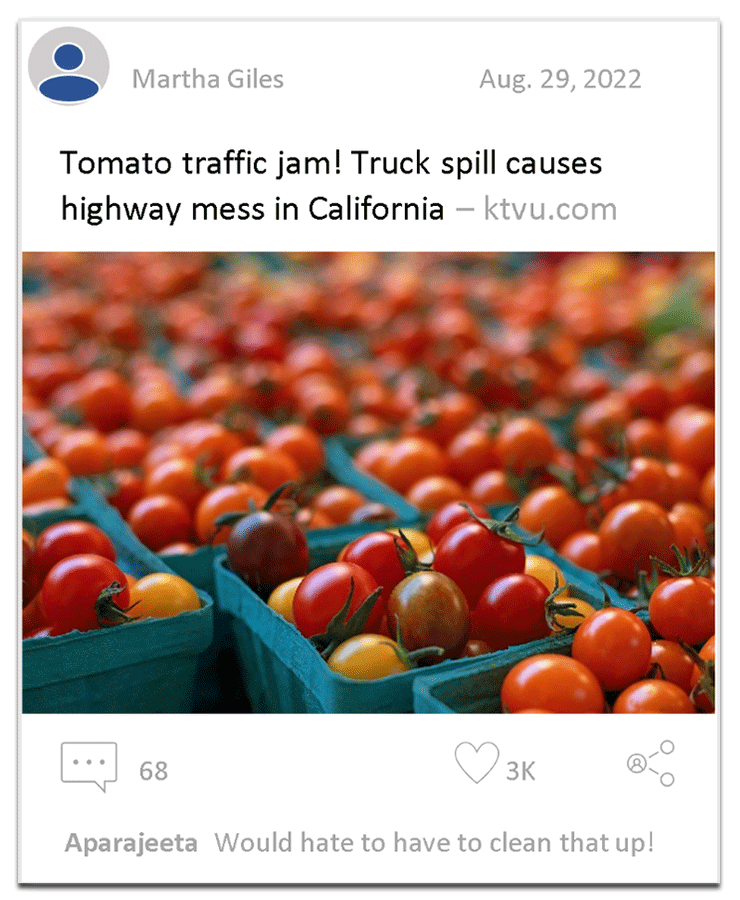
STEP 3
Take the Kahoot! Quiz
STEP 4
Homework Activity Sheet
This is a fun homework activity for children to test their skills one more time, reinforcing what they have learned.
Did you like the Misinformation episode?
We would love your feedback! Our goal is to deliver the Cyber Academy program to as many children around the world as possible. If you have completed this episode with children at home or in school, then you are helping us reach our global goal!
- Home
- /
- For Kids
- /
- Cyber Academy
- /
- Misinformation
Each episode consists of:
- A short three-minute animated video
- A conversation guide to support teachers/parents (It’s basically a Q&A for kids)
- A Kahoot! Quiz to reinforce the learning
- A popular and fun activity sheet; a great homework activity to engage all the family at home.
Passwords
Understand what a password is, why it’s important and learn 3 password skills to keep you safe and secure.
2-Factor Authentication
Understand Two-Factor Authentication (2FA) and how it can protect your accounts online.
Privacy
Understand what privacy online really means and learn 4 privacy skills to protect you and your information online.
Security
Learn why and how to keep your information secure online; plus 6 ways to practice strong security skills.
Healthy Habits
Understand why it is important to have healthy habits when using the internet and learn 7 healthy habits.
Camera Safety
Understand what information is gathered when a photo is taken and shared plus learn 5 camera safety skills.
Time Online
Understand what quality time online really means and learn 4 skills to make the most of your time online.
Kindness
Understand the true meaning of kindness, why it’s important and learn important skills to deal with unkindness online.
Safety Settings
Understand the importance of safety settings and learn how to set up 5 safety setting features.
Misinformation
Understand what misinformation is, why it exists and learn 5 important skills to help you spot it.
Copyright
Understand what copyright is and how to find permissible content when working on a creative project.
Scams
Learn what scams are, why cybercriminals create them, and 3 key skills to stay safe from online scams.

